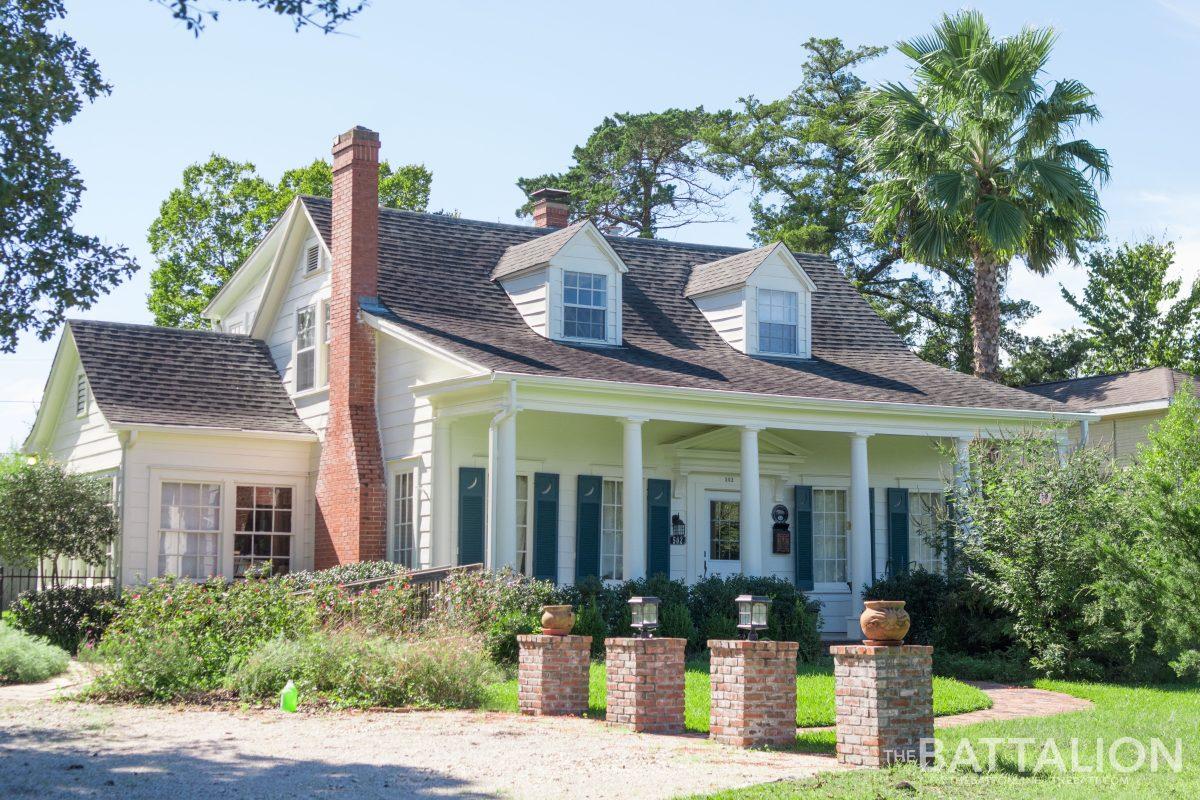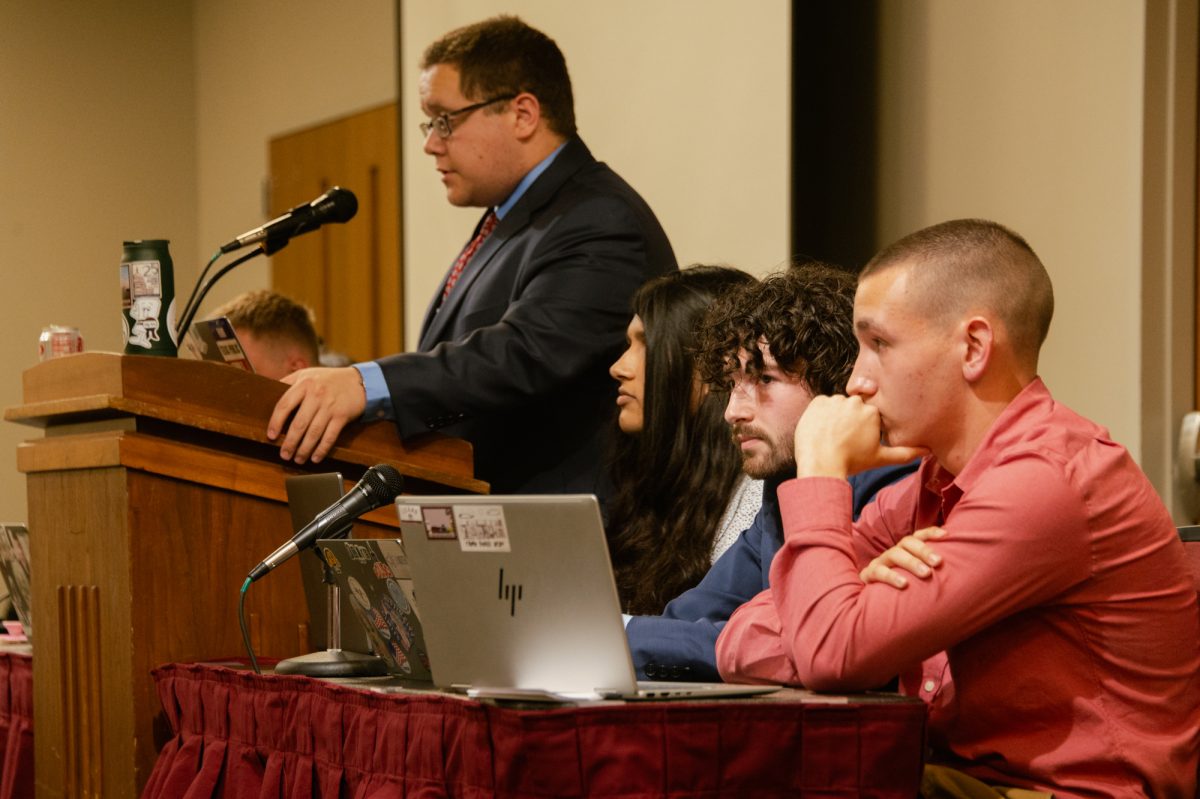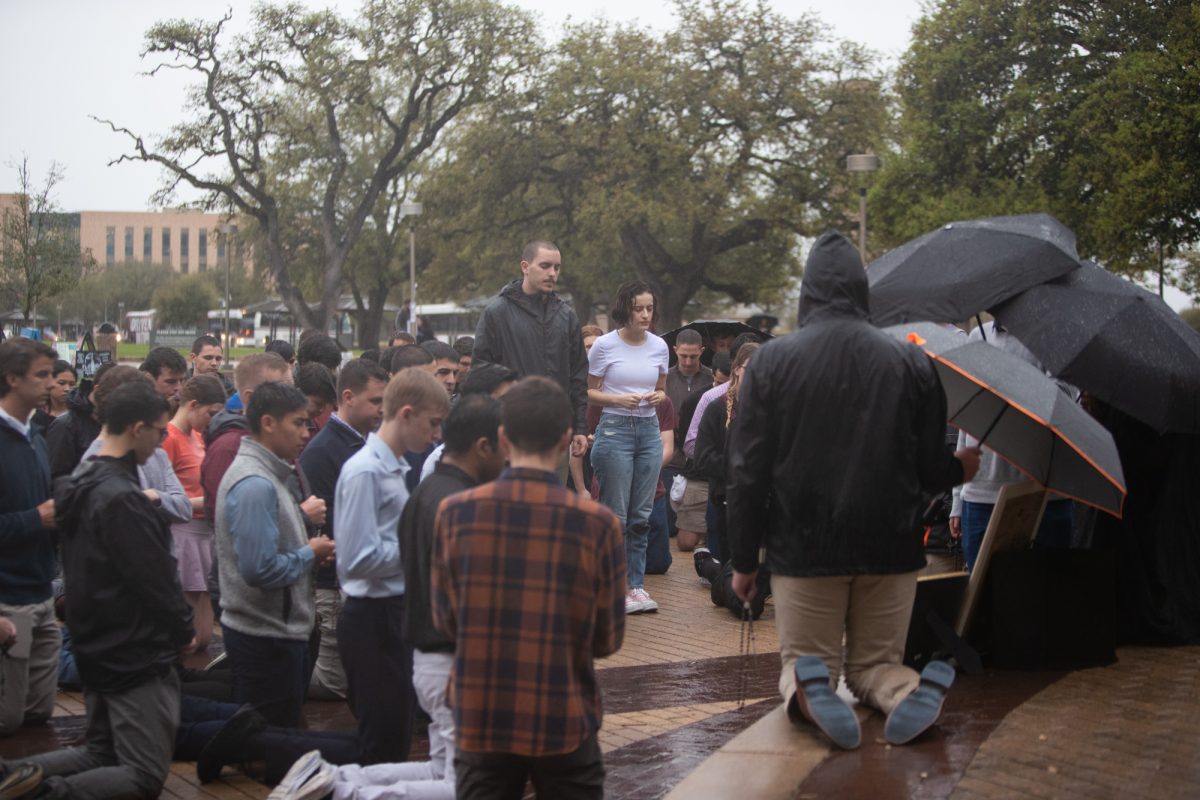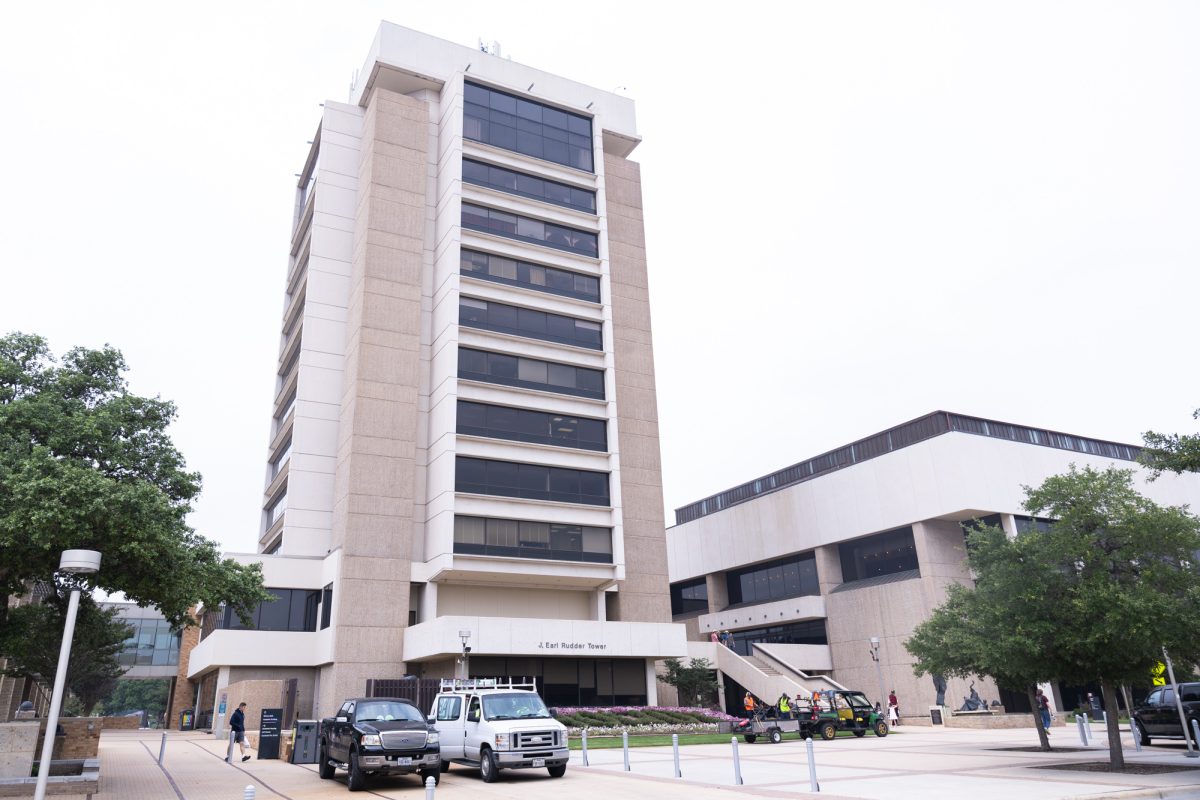The Southside conservation overlay has been a source of debate and discussion in the historic neighborhood located adjacent to Texas A&M.
The overlay, proposed by residents of the Southside area, would restrict the construction of new buildings to a maximum height of 33 feet, require protection of trees greater than 8 inches in diameter during construction and set a minimum lot size of 8,500 square feet for new lots, according to the Planning and Zoning Commission.
Rohan Sethi, accounting sophomore and Student Government Association vice president of municipal affairs, said while these proposed changes are not directed at student renters, there is concern about the future impact to students who live in the neighborhood.
“Student government has been proactive about this conservation overlay because regardless of the explicit content, there is a possibility that in the future they could allow more restrictions on that neighborhood which would affect students,” Sethi said.
Though no such restrictions are currently proposed, Sethi said many students in the Southside area are concerned about regulations that could make it difficult for groups of students to cohabitate.
“There has been a lot of anti-student rhetoric, especially on restricting the number of unrelated [residents] in households from a maximum of four to two or three,” Sethi said.
Julie Schultz, owner of Schultz Engineering and long-time resident of College Station, said although the overlay won’t directly affect students, it could make it easier for the neighborhood to impose restrictions on student renters in the future.
“I think it’s personally setting a precedent,” Schultz said. “The actual implications are pretty minor. I believe that if this happens then they will move forward with additional overlays in other areas or stricter rules in the overlay that succeeded which could affect student renters.”
Fred Dupriest, engineering professor at Texas A&M and resident of Southside, said the overlay was proposed in a concerted effort by residents to preserve the neighborhood’s historic integrity.
“We’re trying to protect the character and we think these rules do not restrict homeowners in any way,” Dupriest said. “We provide character that we don’t have anywhere else in the city that both homeowners and students come here for.”
The overlay encompasses the neighborhoods of South Oakwood, Dulaney and parts of College Park. For students, Dupriest said there is no need for concern.
“I don’t see any impact on students or any impact on housing and development,” Dupriest said. “It is simply legally not there in the overlay. It can’t easily lead to anything else. Once it’s approved that’s the end of it.”
Elianor Vessali, candidate for College Station City Council Place 4, said engagement is an important way for student renters to protect themselves from proposals that could threaten their housing.
“I encourage students to talk to the property owner or management because only the property owner can defend their interests,” Vessali said.
Sethi said involvement is essential for student residents on Southside and anyone concerned about the implications of the overaly on other College Station neighborhoods.
“Even if you don’t live in Southside neighborhood, you probably know someone that does,” Sethi said. “Get engaged with city council on the issue. It’s a good step to begin this city engagement that students should be a part of. You don’t have to move at all if you call your city council members.”
The College Station City Council will vote on the Southside Area Conservation Overlay Proposal on Dec. 13 at City Hall. Discussion on the vote is open to the public.
Students and residents discuss proposed Southside building regulations
October 21, 2018
0
Donate to The Battalion
$2065
$5000
Contributed
Our Goal
Your donation will support the student journalists of Texas A&M University - College Station. Your contribution will allow us to purchase equipment and cover our annual website hosting costs, in addition to paying freelance staffers for their work, travel costs for coverage and more!
More to Discover










